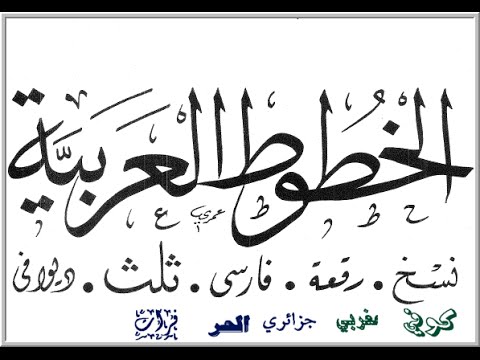
From this post, he wrote extensively on calligraphy, emphasizing theories about the relation of letter shapes to each other. Born in Baghdad, Ibn Muqla served as a scribe under the Abbasid caliphate, where he administered the official library.

The Thuluth script, an ancestor of many popular contemporary Arabic fonts, dates to the seventh century AD, but was codified in the ninth century under the Abbasid caliphate (750-1258 AD). Ibn Muqla (855-940 AD) unified and developed the Thuluth script and was a critical figure in the development of Arabic calligraphy as practiced throughout the Islamic world. Some fonts in our collection that evoke the Kufi style include:ĭevelopment of the Thuluth Script An Ottoman tile panel in the Thuluth style For example, Iraq’s official flag bears the words Allahu Akbar (God is great) rendered in an early Kufi script. The Kufic script also appears in political contexts to evoke a connection with the early days of Islam’s rapid expansion. While it would be quite rare today to see a newspaper or official document set in an angular Kufi font, the script has made a comeback of sorts in modern design, particularly in logos and other stylized applications. Mosaic pattern in Geometric Kufi (Isfahan) Ilkhanid Empire coin bearing Kufic script The angular form also lent itself to easier writing on stone and other hard surfaces. Frequently, although by no means exclusively, these Kufi patterns occurred in square shapes to emphasize the clean right angles of the script. Throughout the Islamic world, stylized forms of Kufic script began to appear on coins, ceramics, buildings, and calligraphy. This was partially driven by Islam’s prohibition (observed to varying degrees over place and time) of representing the human body in art. Development of the Kufi Arabic script (7th-11th Centuries AD)Īs Islam spread, text was used as a building block for increasingly elaborate architectural and calligraphic works. The illustration below shows the development of the Kufi script over the 7th-11th centuries. Over the years, the script grew in complexity as diacritical markings and ornamental accents were added. In the early Islamic period, the Qur’an was written in the Kufi script almost exclusively. Expansion of Islam during the 7th and 8th centuries AD

While the Qur’an was transmitted orally in Islam’s early years, the caliphate’s rapid expansion created a need to systemize Arabic writing in order to ensure correct recitation of the holy text. Early Kufic script (note the lack of diacritical marks)Įarly Islam and the Spread of the Arabic Languageįollowing the Prophet Mohammed’s death in 632 BC, the religion of Islam emerged from the Arabian peninsula to conquer territory from Morocco in the west to India in the east. As the writing system grew in popularity, these markers were gradually added, along with additional letters to reach today’s 29, including the hamza (glottal stop). The old Kufi script contained seventeen letters and lacked the diacritic markings used to distinguish between letters of an identical shape or marks for vowel sounds. Phoenician evolving into Arabic and modern Latin scriptsĪround 100 AD, the first proto-Arabic script known as Old Kufi (or Kufic) appeared in Kufa, a city located about 170 KM south of modern-day Baghdad. It was also adopted by Semitic languages, including Aramaic, Nabatean, and Arabic. These included the Indo-European languages such as Greek, Latin, and eventually English. This writing system influenced a large number of later alphabets. The Phoenician AlphabetĪn alphabet for writing Phoenician emerged around 1300 BC in the town of Byblos in modern-day Lebanon. The Phoenicians were a trading people and their cultural influence spread by sea throughout the Mediterranean world.

Today’s Arabic alphabet can be traced to the Phoenicians, an ancient civilization that inhabited coastal areas of present-day Lebanon, Syria, and Palestine from 2500-539 BC.


 0 kommentar(er)
0 kommentar(er)
